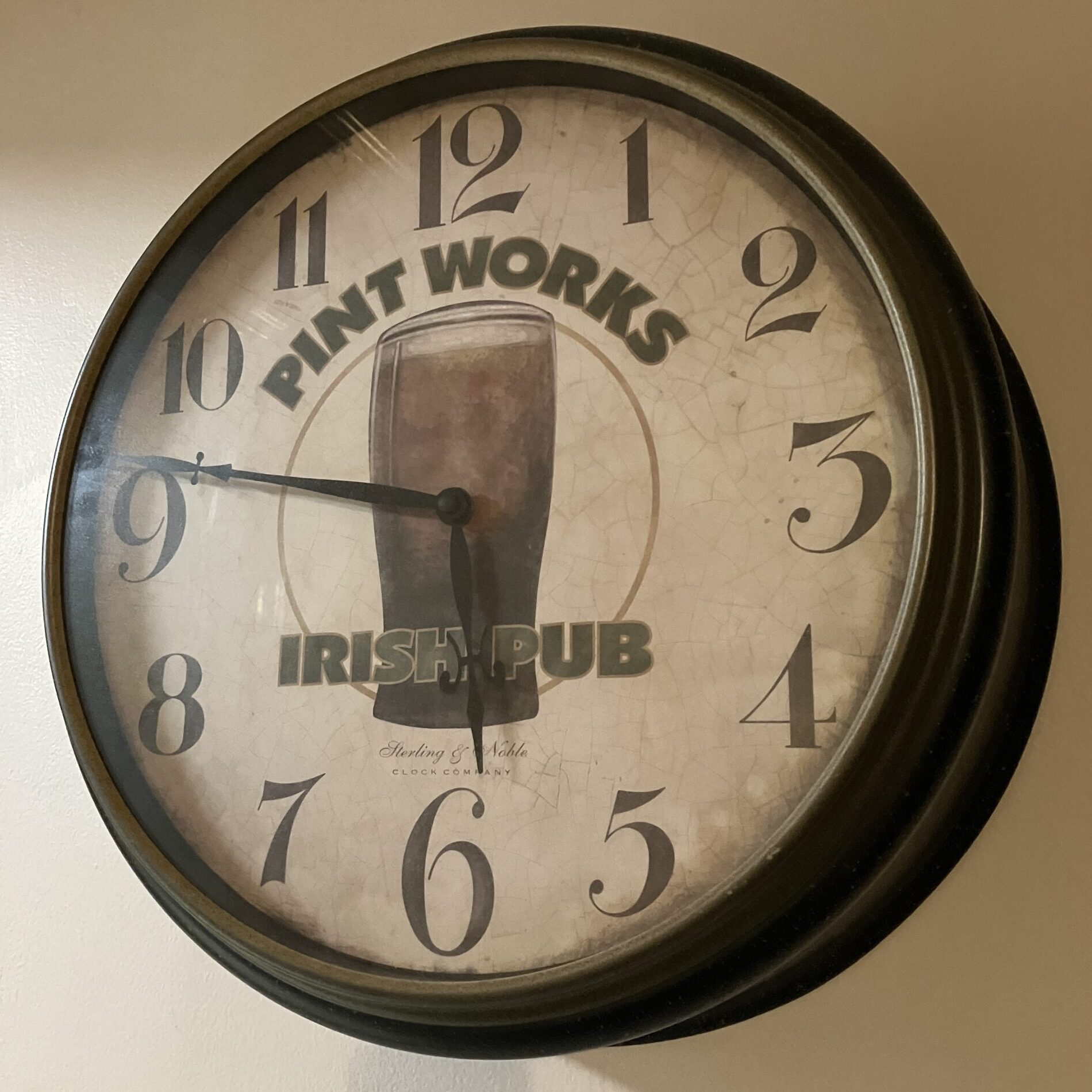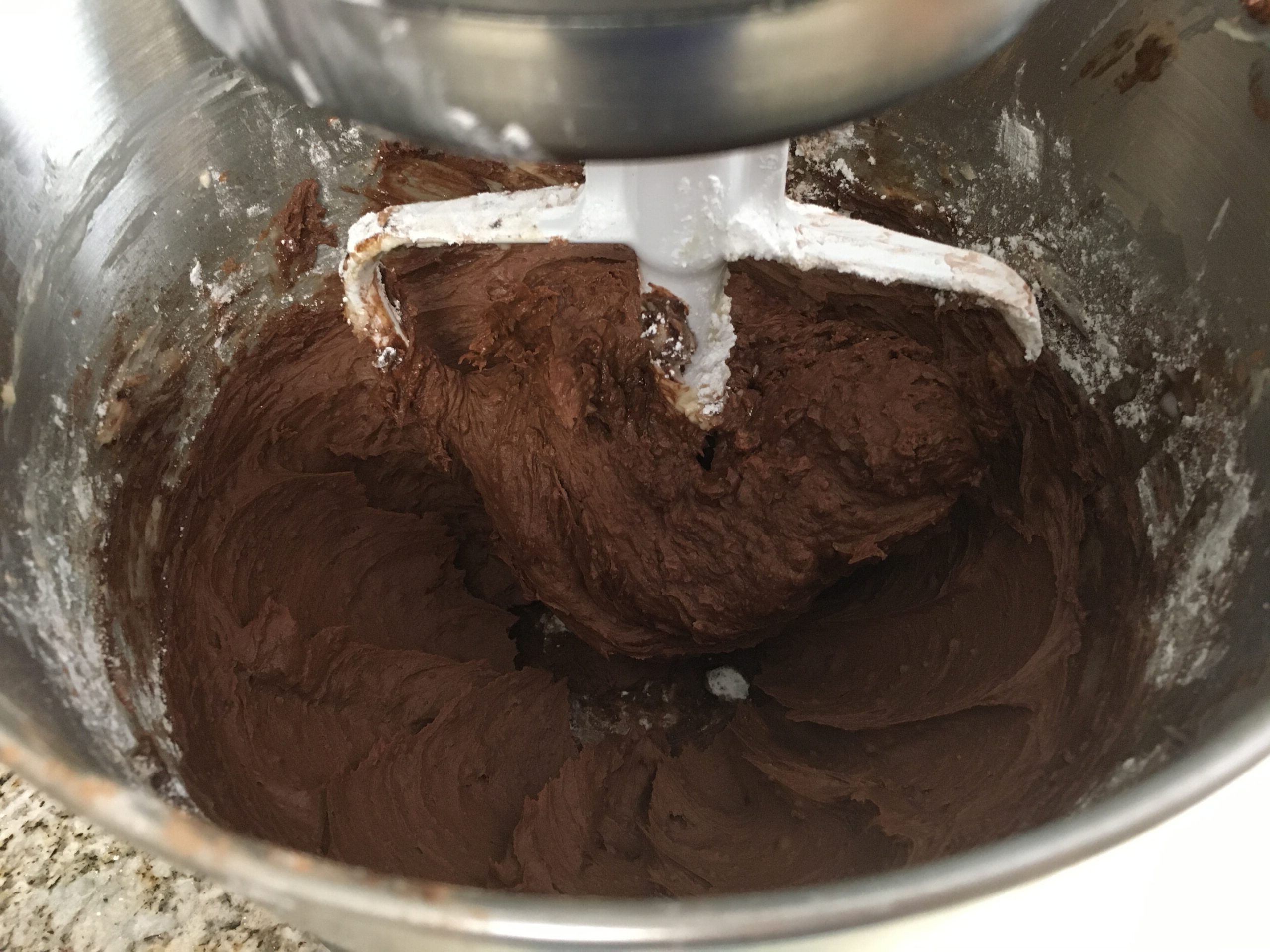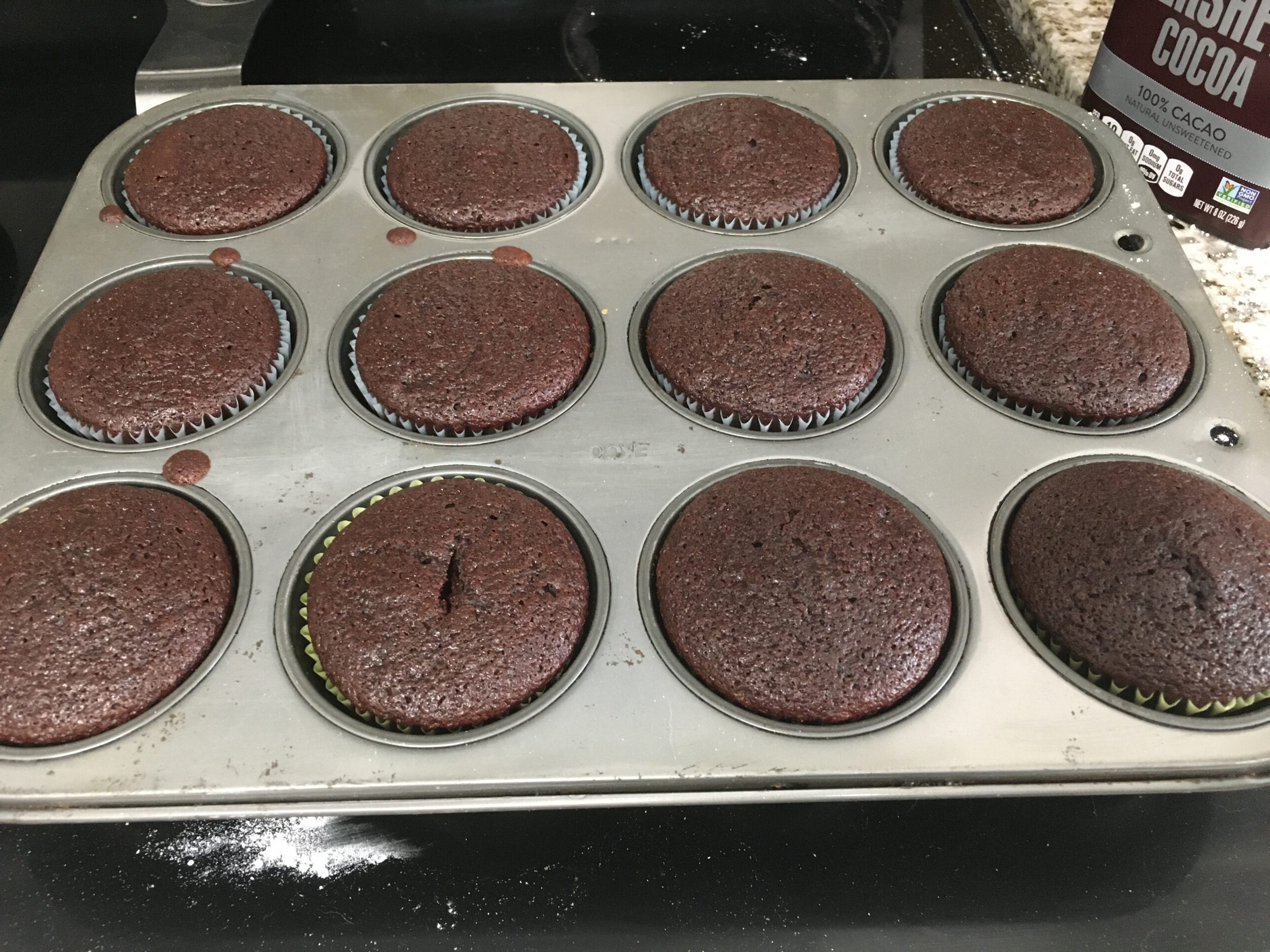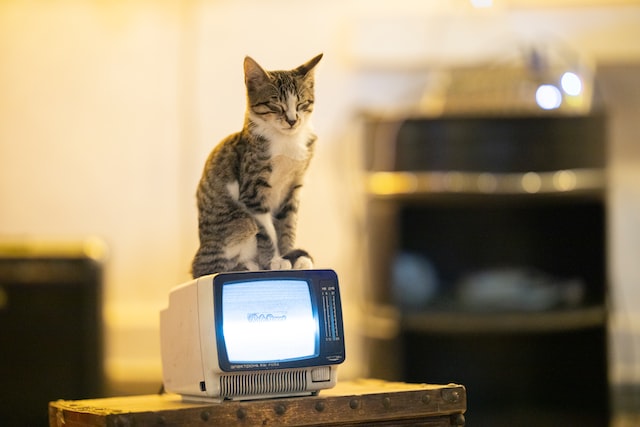
Where Peace Is Lost comes out tomorrow! As with most books, this one has had a long and winding journey to publication. I wanted to talk a bit about one of the things that led me to write this particular book, out of all the other possible ideas racketing around in my head. Here we go.
People with ADHD often have an overdeveloped sense of fairness, of right and wrong. It’s called justice sensitivity, and it makes us more likely to have strong reactions to little things like people leaving garbage on a picnic table, or big things like racism and social inequity. We get angry when people are victimized; we worry about wronging someone, and feel intense shame and guilt when we think we’ve done so; we retreat into hopelessness when huge problems seem unsolvable, like trying to climb a mountain wearing lead boots. We obsess. We doomscroll. We overthink.
Where Peace Is Lost tells the story of Kel, a former knight whose order was disbanded, as a condition of the treaty that ended the war they lost. To protect her people and preserve the integrity of that treaty, she’s gone into hiding on a planet far from the galaxy’s population centers. If she were a Dungeons & Dragons character, she would be a lawful good paladin, and she’s a product of my justice sensitivity.
I love paladins! My power fantasy is helping people, and paladins are magically empowered to do this–in role-playing games, anyway. But I didn’t want to rely on the rulings of coastal mages to construct my hero and the order she represented, so I looked at different historical and fictional examples of knights. Unfortunately, a lot of them are, to use the vernacular, heckin gross.
The term “paladin” comes from the legendary knights who served Charlemagne, who himself is one of the Nine Worthies we should all aspire to emulate… except he was pretty much constantly at war, and let’s just say my dude, ahem, made a lot of babies with a lot of ladies, including his underage second wife. The Matter of France positions the paladins as brave Christian defenders against Saracen invaders, so hey, religiously-motivated violence. Awesome! (Author’s note: it was not awesome.)
Arthuriana is all about powerful people helping the less fortunate, though, right? Well, mostly, but it depends on what you mean by “helping” and which sources you’re reading. Arthur conquered most of northern Europe, skipped off to Gaul to declare himself emperor, then got backstabbed by his wife and… Mordred? Lancelot? You decide! Either way, if this were an Am I the Asshole post, everyone sucks here. Kay is a stubborn hothead. Galahad is a judgmental jerk. Even my beloved himbo Gawain needs to get better at puns, reading the fine print, and managing his polycule. Bedivere is… you know, he made that wooden rabbit, we’ll let him slide.
Knights Templar? Holy corporate malfeasance, Batman! Teutonic Knights? Kept trying to conquer Prussia. Order of the Garter? I mean, you don’t want your armor falling off mid-battle, I guess. The Jedi? A monastic mishmash that stole kids from their moms. Pobody’s nerfect!
My justice sensitivity is snarling at this point. I grew up reading books and watching movies about these honorable, chivalrous characters who protected the weak and defended the defenseless. But revisiting the depths beneath the surface of these paragons of virtue was disheartening, to say the least. And what did it say about me that I kept fixating on people who solved problems with violence? There had to be a better way.
I didn’t have an Anakin Skywalker moment where I dramatically declared that paladins were evil and started on my path to the dark side. Instead, I decided to engage in a little might makes right using the power of my pen, which as we all know is mightier than the sword.
I sifted through my research for something to build on and settled on the Knights Hospitaller. Their order started, as the name implies, with a hospital. They provided medical care and lodging for the unwashed barbarians–I mean, the pilgrims visiting Jerusalem, and eventually expanded to include military protection for those travellers. (And briefly, weirdly, the Italian air force after World War II, sort of.) That origin in healing rather than harming appealed to me immensely, and I built on that foundation for Kel’s order, focusing on principles of medical care, teaching, mutual aid and protection.
For the character of Kel as a specific member of this order, I wanted someone strong, loyal, brave, and honorable in ways that would be tested by allies and taken advantage of by unscrupulous enemies. But justice sensitivity is a double-edged sword, so I leaned into her feelings of hopelessness about her situation. At the start of the book, Kel has intentionally withdrawn from society, living alone in a swamp and rarely engaging with her neighbors. She tells herself it’s necessary, to keep her enemies from finding her and using her as an excuse to shut down the sole remaining charitable arm of her order–or worse, to reignite war. She’s not wrong, but it’s not her whole truth; her former life of service was shattered by injustice, and she never recovered. She wallows in shame and guilt, subconsciously choosing to protect her wounded heart by avoiding exposure to circumstances that could remind her of her inability to defeat a massive, powerful empire.
If you’re really dedicated to justice, though–if you’re going to live that proverbial paladin life, better than the ugly mess scattered across the historical and fictional record–then hiding isn’t going to work. Avoiding exposure to injustice doesn’t make it disappear, it simply removes it from your field of vision. Kel learns this the hard way, and has to decide what she’s going to do when she can no longer look away.
Justice sensitivity can make us feel hopeless, helpless, powerless–but it can also galvanize us to make things right. Instead of hiding, we can show up. Instead of giving in, we can push back. Instead of surrendering, we can fight for justice. Empathy can weigh us down like lead boots as we climb those endless cliffs of inequity, but it can also give us wings to fly beyond them, all the way up to the stars.











